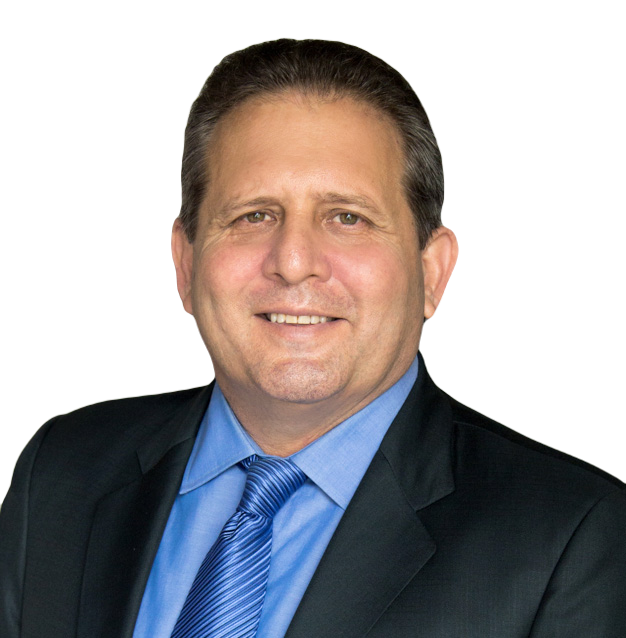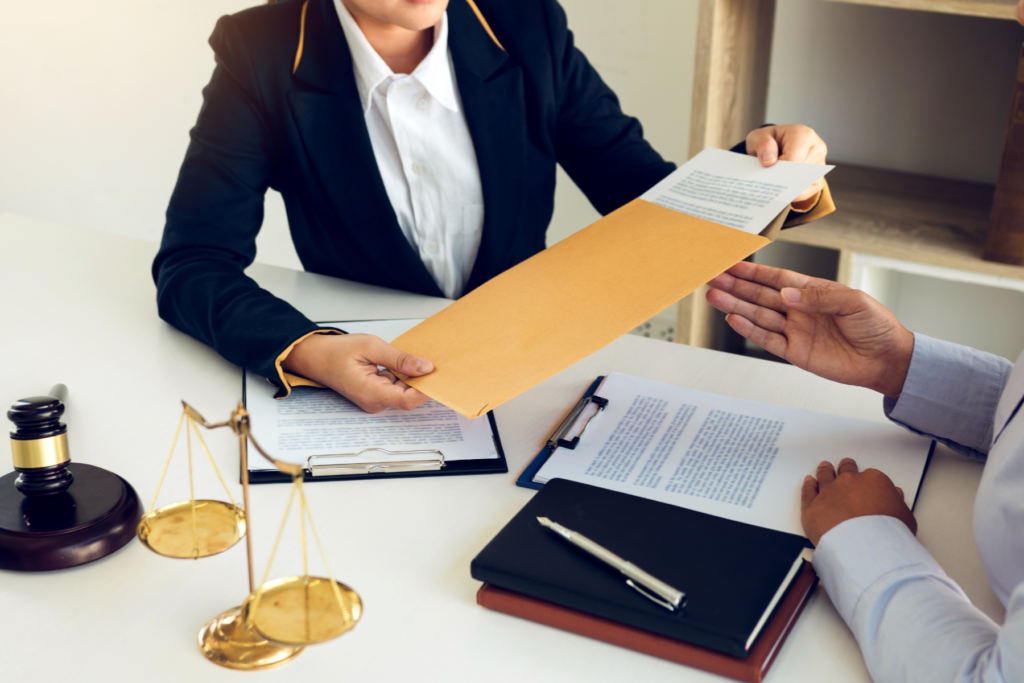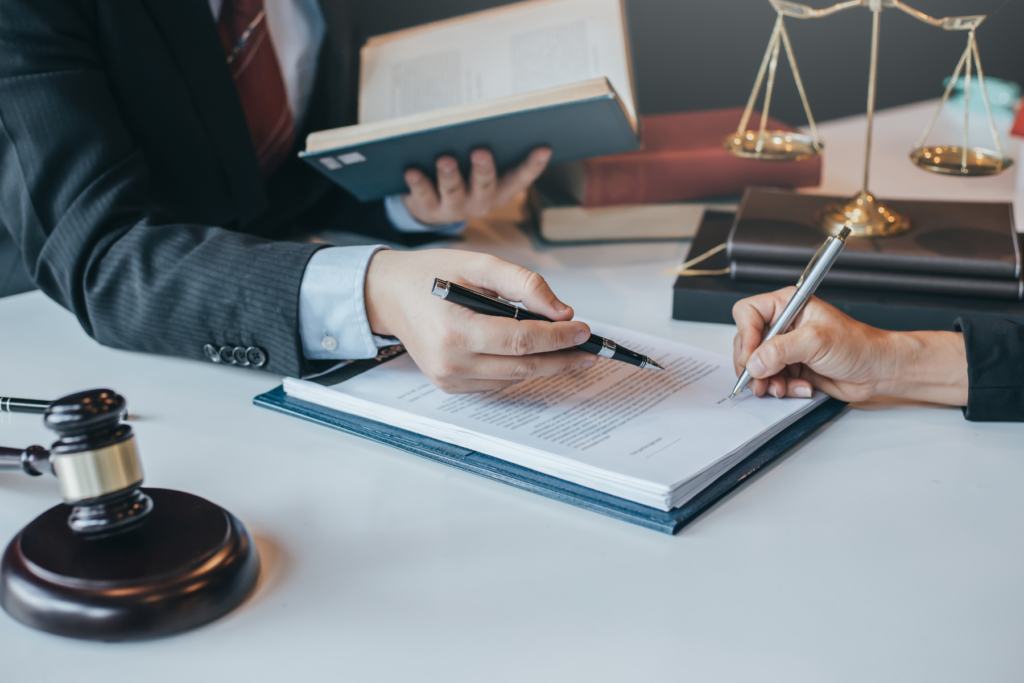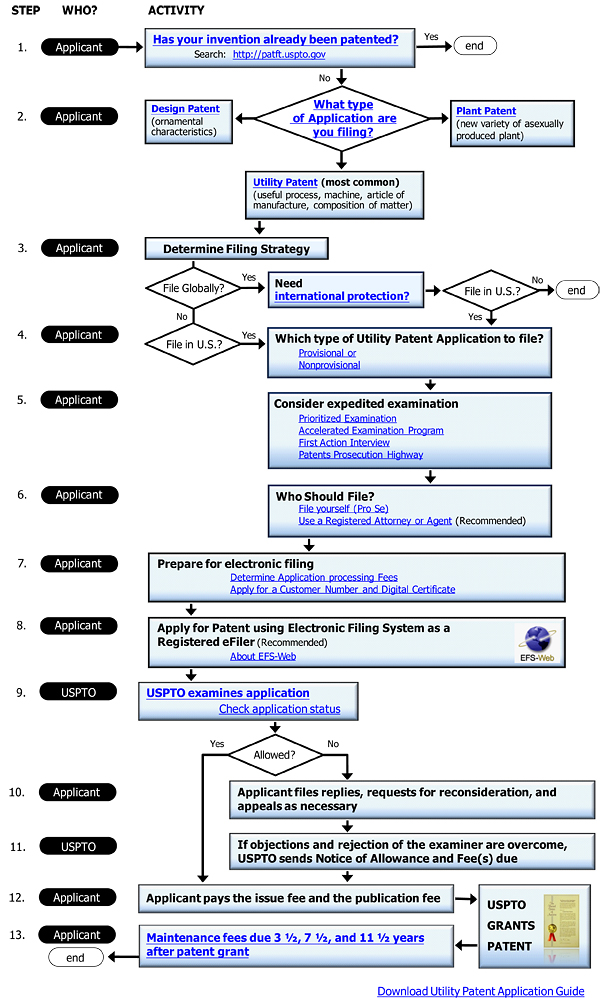Patents

Expert Patent Legal Assistance by Mr. Alcoba
Meet Mr. Alcoba, a registered patent attorney with over 15 years of experience in preparing and prosecuting patent applications. Navigating the patent application process requires expertise, and Mr. Alcoba’s profound knowledge and legal acumen ensure your inventions are proficiently represented before the United States Patent Office (USPTO).
Why Choose a Professional for Your Patent Applications
Filing a patent application is a complex legal process. The USPTO recommends enlisting a patent attorney to ensure accurate and effective presentation of your invention. With a license to practice in Florida, Mr. Alcoba skillfully prosecutes patent applications, bringing his extensive experience with both independent and corporate inventors to the table.
Tailored Assistance for Independent Inventors
Understanding that independent inventors may face challenges in describing or illustrating their inventions, Mr. Alcoba collaborates with a team of drafters and engineers. This approach ensures every invention is accurately presented to the US Patent Office, aligning with his commitment to helping inventors realize their potential.


Educating Clients on the Patent Process
Our firm believes in empowering clients with knowledge about the patent process. We provide essential information and videos to help you grasp the nuances of patenting. The more informed you are, the better you can communicate with our patent lawyers, enabling us to effectively represent your invention at the USPTO.
Wide Range of Patent-Related Services
We offer a full spectrum of patent services, including preparing patent applications, freedom to operate opinions, patent availability opinions, licensing agreements, and more. Prior to filing, we recommend conducting a preliminary patent search to assess the novelty of your invention. Thank you for visiting our page; we look forward to assisting you with your innovative ideas.
Q & A
A patent may be applied for only in the name(s) of the actual inventor(s).
A. Utility patents are available for:
1. A new, nonobvious and useful:
- Process
- Machine
- Article of manufacture
- Composition of matter
2. Improvements of any of the above.
B. Design patents are available for new and non-obvious ornamental designs for articles of manufacture.
C. Patents are also available for invented or discovered asexually reproduced, distinct and new varieties of plants, including cultivated sports, mutants, hybrids, and newly found seedlings, other than a tuber propagated plant or a plant found in an uncultivated state.
- Laws of nature
- Physical phenomena
- Abstract ideas which are not useful (such as perpetual motion machines) or offensive to public morality
For applications filed on or after June 8, 1995, utility and plant patents are granted for a term which begins with the date of the grant and usually ends 20 years from the date the inventor first applies for the patent, subject to the payment of appropriate maintenance fees. Design patents last 15 years from the date the patent is issued. No maintenance fees are required for design patents.
We strongly suggest that you perform a patent search prior to filing for a patent or developing an invention. The cost of performing a search should not be a factor considered when deciding to perform it. We believe the following factors are the most relevant when deciding to perform a search:
- The most relevant reason is to assure an inventor that no previous patent interferes with the inventor’s plan to file a patent application;
- To prevent legal actions against you should another inventor have a patent that describes your invention;
- To learn more about a new field of technology;
- To obtain market information; or
- To track the intellectual property of competitors.
The best way to conduct a comprehensive patent search, if you choose not to hire a patent professional, is by using the USPTO classification system. A Classification helps bring together similar devices and concepts, even when different terms have been used to describe them.
The USPTO has helpful guides that can guide you perform a search, yet we suggest you pay a patent professional to perform the search.
Patenting Process
The United States Patent and Trademark Office suggests that inventors follow the following steps when applying for a patent:
Step 1: Is to determine if the invention is patentable.
Before you file for a patent, you should determine if your invention is patentable:
An invention cannot be patented if “(a) the invention was known or used by others in this country, or patented or described in a printed publication in this or a foreign country, before the invention thereof by the applicant for patent,” or “(b) the invention was patented or described in a printed publication in this or a foreign country or in public use or on sale in this country more than one year prior to the application for patent in the United States…”
Even if the subject matter sought to be patented is not exactly shown by the prior art, and involves one or more differences over the most nearly similar thing already known, a patent may still be refused if the differences would be obvious. The subject matter sought to be patented must be sufficiently different from what has been used or described before that it may be said to be non-obvious to a person having ordinary skill in the area of technology related to the invention. For example, the substitution of one color for another, or changes in size, are ordinarily not patentable.
Patent law specifies that an invention’s subject matter must be “useful.” The term “useful” refers to the condition that the subject matter has a useful purpose and operates. A machine that does not perform its intended purpose or does not operate is not useful, and therefore can’t be patented.
Step 2: Is to conduct a search of the prior art.
A search of all previous public disclosures including, but not limi ted to, previously patented inventions in the U.S. should be conducted to determine if your invention has been publicly disclosed and thus is not patentable. While a search of the prior art before the filing of an application is not required, it is advisable to do so.
The following are three search engines where you may search for patents: U.S.P.T.O. , Freepatentsonline , and Sumobrain.
Step 3: Is to file a patent application.
To get a U.S. patent, you must file an application with the U.S. Patent and Trademark Office. The U.S. Patent Office states “patent application is a complex legal document, best prepared by one trained to prepare such documents.” There are two types of patent applications:
A non-provisional application, which includes: (1) A written document which comprises a specification (description and claims), and an oath or declaration; (2) A drawing in those cases in which a drawing is necessary; and (3) Filing, search, and examination fees.
A provisional application includes a written description of the invention, drawings if necessary, the filing fee and a cover sheet specifying that the application is a provisional application for patent. Claims and oath or declaration are NOT required for a provisional application. The filing date of a provisional application is the date on which a written description of the invention, and drawings if necessary, are received in the USPTO. Provisional application provides the means to establish an early effective filing date in a patent application and permits the term “Patent Pending” to be applied in connection with the invention. Note, provisional applications may not be filed for design inventions. After filing the provisional application, the applicant has up to 12 months to file a non-provisional application for patent. The claimed subject matter in the later filed non-provisional application is entitled to the benefit of the filing date of the provisional application if it has support in the provisional application.
- I suspect my patent is being infringed, why should I hire a patent attorney?
- A patent lawyer can help you determine whether your patent is being infringed and evaluate your chances of recovering compensation for any past infringement through patent infringement litigation.
- He can help you obtain information concerning your patent application and determine the strengths and weaknesses of your patent prior to placing the infringing party on notice of a possible infringement.
- A patent attorney can send a cease and desist letter to an infringing party.
- He can help you negotiate a settlement with an infringing party for past infringement and may be able to negotiate royalty agreements for the future use of your patent.
- Lastly, he can help you present your patent infringement case before the Federal Tribunals.
Also:
- You have to be vigilant of others selling, offering to sell, manufacturing, importing or using any product similar to your invention. Take special care to monitor similarities between your invention and the competition. If a product reads on the claims of your patent (patent infringement), then you might have a possible patent infringement lawsuit against the owner of the product. Have our patent attorneys help you determine if a product reads on your invention.
- When you find a product that infringes your invention, you must gather all the information relevant with regards to the infringement so that you may seek damages.
- If you have placed “Patent No. ….. or Pat. No…..” on your product you may be able to file an immediate law suit against the infringing party, but usually you should immediately send the infringing party a cease and desist letter. We recommend that a patent attorney sends this letter. Caveat, this may allow an infringing party to file an action to invalidate your patent.
- Usually, after the letter is sent, you may be able to work out a deal with the infringing party for compensation for any past infringement. You may also be able to come to an agreement for royalties for future activity or an outright sale of the patent to the infringing party.
- If you cannot come to an agreement with the infringing party, then you will have to file a lawsuit in the federal court in the district where the infringing party resides or has engaged in the infringing activity. If your suit is successful, you will be awarded damages and you will also get an injunction, restricting the infringing party from using your invention during the remaining term of your patent.
Note: you have to put an infringing party on notice of your patent rights or you will not be able to recover damages from them. The simplest method of placing your competition on notice is to place a label on your patented product. The label should read “Patent No XXXXX .” If you are not selling your product or you have failed to label your product, you will have to place the infringing party on notice before you are able to get any compensation for their infringement.
For a consultation: (305) 362-8118
To view patent applications prepared by firm, please read the following Disclaimer.
If you are interested in viewing information about the firm’s past results with regards to patent applications, please read and acknowledge the information below. The information in this section contains information about the firm’s past results with regards to patent applications. The information has not been reviewed or approved by The Florida Bar. The information provided is published on the United States Patent and Trademark Office Website, USPTO.
You should know that:
The facts and circumstances of your case (invention) may differ from the matters in which results and testimonials have been provided. All results of cases (inventions) handled by the firm’s patent attorneys are not provided. The results provided are not necessarily representative of results obtained by the firm’s patent lawyers or of the experience of all clients or others with the firm’s attorneys. Every case is different, and each client’s case (invention) must be evaluated and handled on its own merits.
I acknowledge that I have read and understand the above information and would like to view the information. If so, please select one of the images below.
I do not want to view the information. If so, please select the home button located on the left upper side of this page.
Note: Non-published patent applications are kept confidential, and information concerning those applications cannot be disclosed until they are published.
Ready to Protect Your Intellectual Property? Connect with Us!
Take the first step towards securing your intellectual property rights with Alcoba Law. Whether it’s for a patent, trademark, or other legal services, our expert team is here to provide tailored assistance. Fill out the form below to get started. We’ll contact you to discuss how we can best serve your needs and help bring your ideas to the forefront of legal protection.






